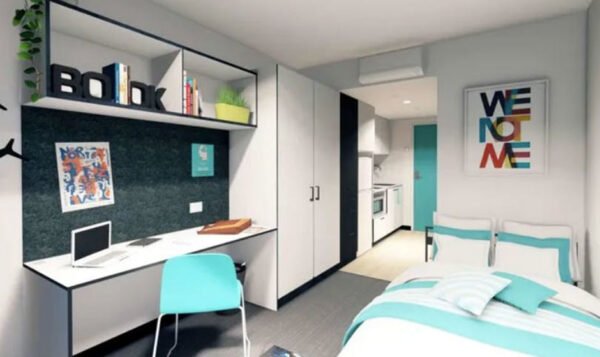B2B Revolution: Embracing the Future of Portal Design

In the fast-paced world of business-to-business (B2B) interactions, the significance of an efficient and user-friendly online portal cannot be overstated. As technology continues to advance, the design and functionality of B2B portals are undergoing a revolutionary transformation. Gone are the days of clunky and outdated interfaces that hinder productivity and frustrate users. The future of portal design promises seamless experiences, enhanced collaboration, and increased efficiency for businesses of all sizes. This blog will explore the key trends and innovations shaping the B2B portal design landscape and how embracing these changes can unlock a plethora of opportunities for businesses to thrive.
Personalisation
One of the most significant trends in the future of B2B portal design is personalised user experiences. As businesses grow and diversify, their needs become more distinct and multifaceted. Modern B2B portals are increasingly leveraging artificial intelligence and machine learning algorithms to analyse user data and behaviour. This allows portals to offer personalised content, relevant product recommendations, and tailored solutions that address specific pain points. By tailoring the portal to individual users, businesses can enhance customer satisfaction and loyalty, resulting in increased sales and long-term partnerships.
Seamless Integration
Gone are the days when B2B portals operated in isolation. The future of portal design is centred around seamless integration with the broader business ecosystem. Integration with enterprise resource planning (ERP) systems, customer relationship management (CRM) software and other vital tools streamlines data flow, minimises manual data entry, and reduces the risk of errors. The connected B2B portal ecosystem enables real-time updates on inventory, order status, and customer interactions, fostering collaboration among teams and departments.
Mobile-first Approach
In the era of mobile technology, a mobile-first approach to B2B portal design has become essential. Business professionals are increasingly relying on their smartphones and tablets to conduct operations on the go. The future of portal design embraces responsive and intuitive interfaces that adapt seamlessly to different screen sizes and devices. Embracing a mobile-first approach empowers businesses with the flexibility and accessibility required to keep up with the ever-evolving demands of the modern marketplace.
Enhanced Security
As B2B interactions involve the exchange of sensitive business information, security is of paramount importance. The future of portal design places a strong emphasis on robust security measures to safeguard confidential data from unauthorised access and cyber threats. Multi-factor authentication, encryption protocols, and secure socket layer (SSL) certificates are just a few of the security measures that top-notch B2B portals employ. By prioritising data protection, businesses can build trust with their partners, leading to stronger relationships and long-term collaborations.
Analytics and Business Intelligence
Data-driven decision-making is becoming a cornerstone of successful businesses, and B2B portals are no exception. The future of portal design incorporates advanced analytics and business intelligence tools to provide valuable insights into user behaviour, purchasing patterns, and overall portal performance. These analytics empower businesses to make informed decisions, optimise processes, and identify areas for improvement. By harnessing the power of data, B2B portals can evolve into strategic assets that drive growth and competitive advantage.
Conclusion
In conclusion, the future of B2B portal design is nothing short of revolutionary. The trends explored in this blog – personalisation, seamless integration, a mobile-first approach, enhanced security, and analytics – are reshaping the way businesses interact with their partners and customers. By embracing these changes, businesses can position themselves at the forefront of innovation and unlock a world of opportunities to thrive in the digital age. As the B2B landscape continues to evolve, embracing the future of portal design will be a defining factor in achieving sustainable success and growth for businesses of all scales.



